Picture this: You have a brilliant idea for a new product. Your mind is brimming with excitement, imagining how it could change the world. But how do you bring your idea to life and turn it into a tangible reality? That’s where silicone prototypes come into play. These remarkable creations serve as the bridge between imagination and innovation, allowing inventors, designers, and engineers to test, refine, and perfect their concepts before diving into full-scale production.
What is a Silicone Prototype?
Before we delve into the benefits and applications of silicone prototypes, let’s first understand what they are. A silicone prototype is a physical representation or model of a product that is created using silicone material. Silicone is a versatile and durable material known for its flexibility, heat resistance, and low toxicity. It has become a popular choice for prototyping due to its ability to accurately reproduce intricate details and its wide range of properties.
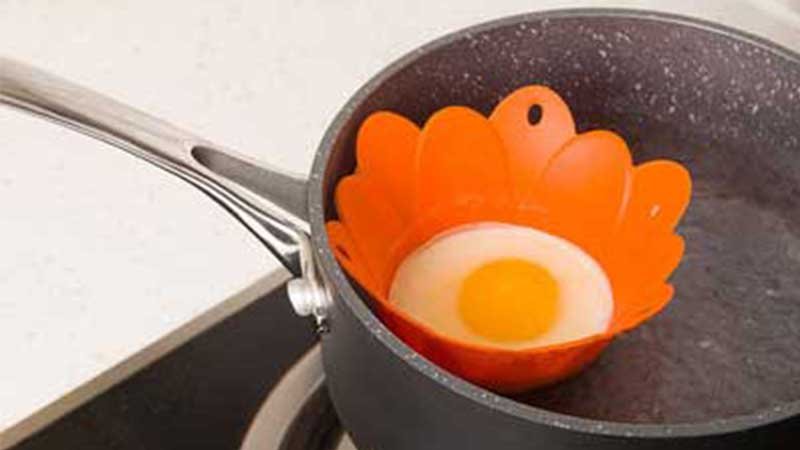
Types of prototypes and purpose
The four different types of prototypes are:
- Visual Prototype: A visual prototype focuses on the appearance and aesthetics of a product. It helps stakeholders and designers visualize the final product’s look and feel.
- Functional Prototype: A functional prototype demonstrates the product’s core functionality and performance. It allows for testing and validation of the product’s features and mechanisms.
- Proof-of-Concept Prototype: A proof-of-concept prototype aims to demonstrate the viability and feasibility of an idea or concept. It helps assess the technical feasibility and potential of an invention.
- Presentation Prototype: A presentation prototype is created to showcase the product to potential investors, stakeholders, or customers. It emphasizes the product’s key features, benefits, and marketability.
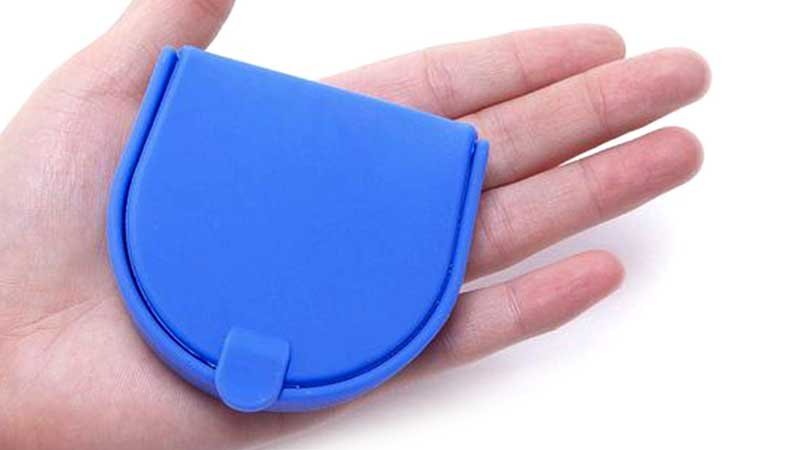
The Benefits of Silicone Prototypes
Silicone prototypes offer a multitude of benefits that make them an excellent choice for product development. Let’s take a closer look at some of these advantages:
1. Realistic Representation
Silicone prototypes can closely mimic the appearance, texture, and flexibility of the final product. This allows designers, engineers, and marketers to get a realistic sense of how the product will look and function in the hands of the end-user. The ability to visualize the final product before investing in mass production can save both time and money.
2. Iterative Design Process
Prototyping is an iterative process that involves refining and improving the design at various stages. Silicone prototypes excel in this aspect as they can be easily modified and updated. Whether it’s adjusting the dimensions, adding or removing features, or fine-tuning the functionality, silicone prototypes offer the flexibility to iterate and perfect the design before committing to mass production.
3. Rapid Turnaround Time
Thanks to advancements in manufacturing technology, silicone prototypes can be produced with remarkable speed. This rapid turnaround time allows innovators to accelerate the product development cycle, enabling faster iterations and ultimately bringing products to market more quickly. Time is of the essence in today’s competitive landscape, and silicone prototypes provide a valuable edge.
4. Cost-Effective Solution
Silicone prototypes offer a cost-effective solution for evaluating a product’s design and functionality. Instead of investing in expensive molds or tooling right from the start, silicone prototypes allow you to test multiple iterations without incurring significant expenses. By identifying and addressing design flaws early on, you can avoid costly mistakes during mass production.
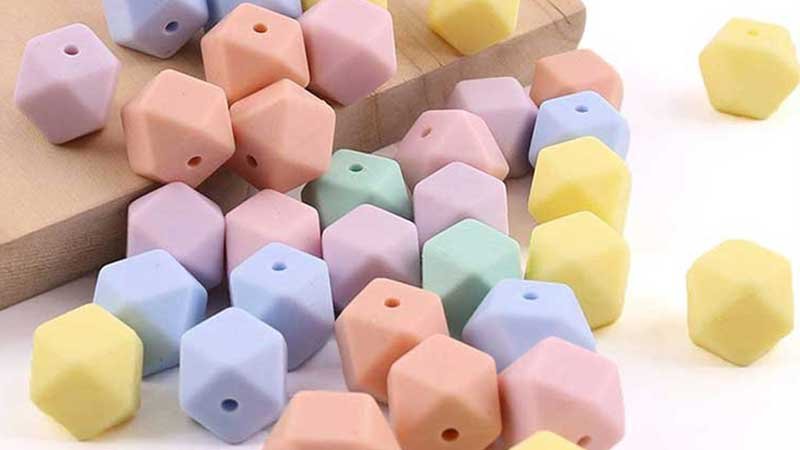
Applications of Silicone Prototypes
Silicone prototypes find applications across various industries, including:
1. Consumer Electronics
The consumer electronics industry is characterized by rapid innovation and a constant quest for sleeker, more efficient products. Silicone prototypes enable designers to create and test new designs for smartphones, wearables, audio devices, and more. By simulating the final product’s look, feel, and functionality, silicone prototypes help ensure that consumer electronics meet user expectations.
2. Medical Devices
The medical industry relies heavily on precision and functionality. Silicone prototypes allow medical device manufacturers to create prototypes for surgical instruments, prosthetics, medical implants, and other critical equipment. These prototypes can be tested for ergonomics, usability, and compliance with industry regulations, ensuring that the final products are safe and effective.
3. Automotive and Aerospace
In the automotive and aerospace sectors, safety, durability, and performance are paramount. Silicone prototypes assist in the development of vehicle parts, such as engine components, interior panels, and exterior trims. By subjecting prototypes to rigorous testing, manufacturers can optimize designs for weight reduction, aerodynamics, and overall performance.
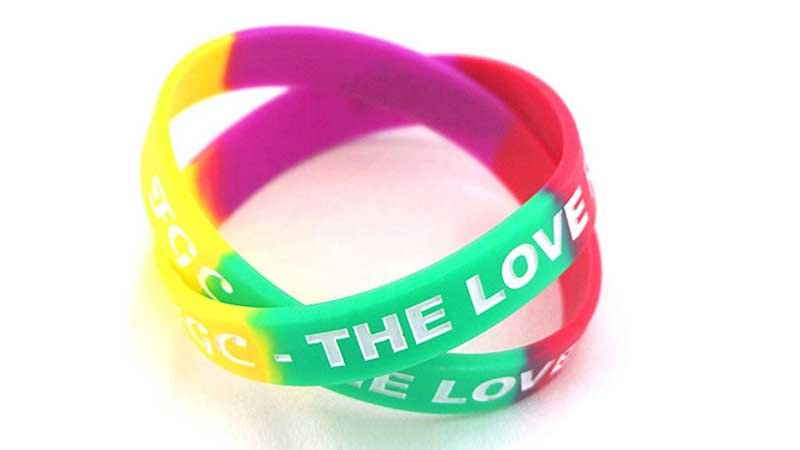
The Silicone Prototype Manufacturing Process
Now that we understand the significance of silicone prototypes, let’s take a closer look at the manufacturing process behind them. One notable silicone prototype manufacturer is RY Silicone (visit here).
1. Design and Conceptualization
The process begins with the design and conceptualization phase. Designers work closely with clients to understand their requirements, ideas, and specifications. Using computer-aided design (CAD) software, they transform these concepts into 3D digital models.
2. Prototype Creation
Once the digital model is ready, the manufacturing process commences. RY Silicone employs cutting-edge technologies like 3D printing and CNC machining to bring the digital model to life. These techniques allow for precise and accurate replication of the design.
3. Material Selection
Choosing the right silicone material is crucial for the prototype’s success. RY Silicone offers a wide range of silicone options, including high-temperature silicone, medical-grade silicone, and food-grade silicone. The selection depends on the intended application and specific requirements of the product.
4. Finishing and Detailing
After the prototype is created, it undergoes finishing and detailing processes. This includes sanding, polishing, and painting to enhance the prototype’s aesthetics and simulate the desired appearance of the final product.
5. Testing and Validation
Once the finishing touches are complete, the silicone prototype undergoes rigorous testing and validation. This step involves subjecting the prototype to various assessments, such as structural integrity, functional performance, and durability. RY Silicone emphasizes quality management (learn more here), ensuring that each prototype meets the highest standards.
6. Feedback and Iteration
Based on the test results and client feedback, the prototype may undergo iterations to further refine the design and improve its performance. This iterative process helps in identifying and rectifying any potential flaws or areas of improvement.

Frequently Asked Questions (FAQs)
Q: How do I get a prototype of my invention made?
A: To get a prototype of your invention made, you can follow these steps:
- Conceptualize and design your invention.
- Create a detailed description or technical drawings.
- Seek the expertise of a prototype manufacturer, such as RY Silicone, who specializes in the material and manufacturing process required for your prototype.
- Collaborate with the manufacturer to refine your design and determine the most suitable materials and techniques.
- The manufacturer will then create the prototype based on your specifications.
- Test and evaluate the prototype, making any necessary adjustments.
- Once you are satisfied with the prototype, you can proceed with further manufacturing or production processes.
Q: What is prototype molding?
A: Prototype molding, also known as rapid prototyping or low-volume production, is a manufacturing process used to create functional prototypes using molds. It allows for the production of small quantities of parts or products using methods such as silicone molding or injection molding. Prototype molding enables designers and engineers to test and validate their designs before mass production, providing valuable insights and cost savings.
Q: What is prototype plastic?
A: Prototype plastic refers to the use of plastic materials in the creation of prototypes. Plastic is a widely used material in prototyping due to its versatility, affordability, and ease of molding. It allows for the production of complex shapes and structures with relative ease. Prototype plastics can mimic the properties and appearance of the final product, facilitating testing, evaluation, and refinement before committing to full-scale production.
Q: What is the use of a prototype for implants?
A: Prototypes play a crucial role in the development of medical implants. They enable designers and engineers to create physical models of the implants to evaluate their fit, functionality, and compatibility with the human body. Through prototyping, medical professionals can simulate implantation procedures, assess the implant’s performance, and make necessary modifications to ensure optimal patient outcomes. Prototypes for implants contribute to advancements in medical technology and improve the overall quality of healthcare.
Q: How much does a prototype cost?
A: The cost of a prototype can vary significantly depending on factors such as the complexity of the design, the materials used, the manufacturing process employed, and the quantity produced. It’s best to consult with a prototype manufacturer like RY Silicone to discuss your specific requirements and obtain an accurate cost estimate.
Q: Why is a prototype so expensive?
A: Prototyping involves various steps, including design, material selection, manufacturing, testing, and refinement. Each of these stages requires specialized expertise, equipment, and materials, which can contribute to the overall cost. Additionally, the complexity of the design, the size of the prototype, and the desired level of detail can also impact the cost. Despite the initial expense, investing in a prototype can save significant costs in the long run by identifying and resolving issues early in the development process.
Q: Can you patent an idea without a prototype?
A: Yes, it is possible to patent an idea without a prototype. In many jurisdictions, including the United States, a prototype is not a requirement for obtaining a patent. However, it is essential to provide sufficient detail and description of the invention in the patent application, enabling others to understand and reproduce the invention based on the provided information.
Q: Can I patent an idea with a prototype?
A: Yes, having a prototype can strengthen your patent application. A functional prototype demonstrates the practical application and viability of your invention, making it easier to describe and illustrate the invention in the patent application. A prototype can provide valuable evidence of your invention’s novelty, usefulness, and potential commercial value, supporting your case for patent protection.
Q: Can I make my own prototype?
A: Yes, it is possible to create your own prototype, depending on the complexity of your design and your access to the necessary tools and materials. Many prototyping techniques, such as 3D printing or silicone molding, are becoming more accessible to individuals and small-scale inventors. However, for more intricate or specialized prototypes, it is often advisable to collaborate with a professional prototype manufacturer who can offer expertise, guidance, and advanced manufacturing capabilities.
Q: How do I know if my idea is already patented?
A: To determine if your idea is already patented, you can conduct a patent search. The United States Patent and Trademark Office (USPTO) provides an online database called the Patent Application Information Retrieval (PAIR) system, which allows you to search for existing patents and patent applications. Additionally, consulting with a patent attorney or conducting a thorough search through patent databases can help you identify any existing patents that may be similar to your idea. It’s crucial to ensure your idea is novel and not already protected by an existing patent before proceeding with the patent application process.
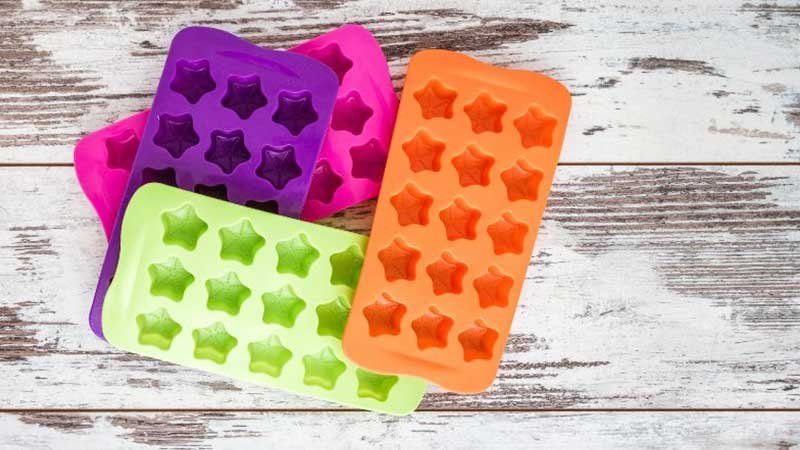
Conclusion: Embracing the Future of Product Development
Silicone prototypes have revolutionized the way we bring ideas to life. They serve as tangible manifestations of imagination, allowing inventors, designers, and engineers to refine their concepts and turn them into reality. With the help of trusted silicone prototype manufacturers like RY Silicone, the world of product development has become more accessible, efficient, and innovative.
So, whether you’re a seasoned entrepreneur or a visionary dreaming of changing the world, remember that the path to success begins with a silicone prototype. It’s the stepping stone that transforms ideas into tangible, market-ready products, paving the way for a future where innovation knows no bounds.
So, what are you waiting for? Take that leap of faith, partner with a reliable silicone prototype manufacturer like RY Silicone, and turn your ideas into reality.